Search
Search Results
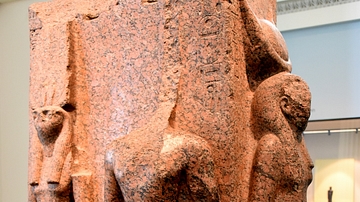
Image
Sculpture of King Thutmose III
This is a rare example of an Egyptian temple sculpture, in which the figures face in 4 different directions. This suggests that it stood in the middle of a room. Three persons are represented twice. King Thutmose III (now headless) stands...

Image
Sculpture of Grace O'Malley
A sculpture of Grace O'Malley (l. c. 1530-1603), Irish chieftain and seafarer, located at Westport House.
Photo taken by Mike M on 13 June 2019.
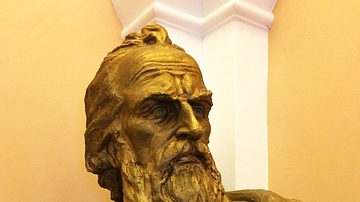
Image
Sculpture of Movses Khorenatsi
This modern sculpture of Movses Khorenatsi (c. 401-490s CE) by A. Urartu depicts the famous Armenian historian in old age. Khorenatsi was the author of the influential historiography "The History of Armenia," and he is frequently referred...
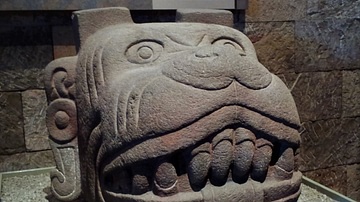
Image
Sculpture of Xolotl, Mexico City
Head of the Aztec god Xolotl. Collection of National Anthropological Museum, Mexico City.
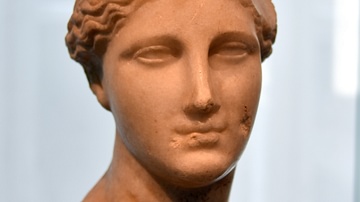
Image
Sculpture of Arsinoe II
The image of the Egyptian queen Arsinoe (reigned 278-270 BCE) and wife of Ptolemy II (c. 285-246 BCE) is similar to that of the goddess Aphrodite. The form of the mouth, with a protruding upper lip indented in the middle, is an individual...
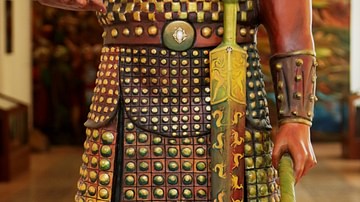
Image
Sculpture of Atropates
Atropates, (370 BCE to c. 321 BCE), a Median nobleman and Persian general who served under Darius III and Alexander the Great, and eventually founded an independent kingdom Media-Atropatene (Lesser Media) and dynasty that was named after...
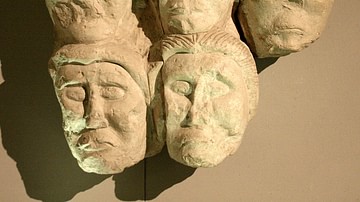
Image
Celtic Heads Sculpture, Entremont
A stone sculpture of human heads, the part of the body believed by the ancient Celts to hold the soul. From a sanctuary at the oppidum of Entremont, France. 2nd century BCE. (Musée Granet, Aix-en-Provence, France)
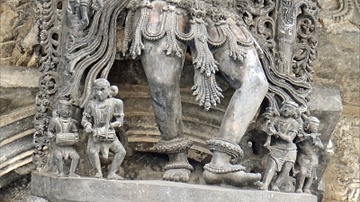
Image
Shalabhanjika Sculpture in Belur
Shalabhanjika or Madanika (bracket figure) sculpture in Chennakesava Temple, Belur built during Hoysala period (1026 CE – 1343 CE).

Image
Delos Lion Sculpture
A lion sculpture in marble from the island of Delos in the Greek Cyclades, 7th century BCE (this is a replica as the originals are now in the museum of Delos). Orignally nine or even as many as 16 lions lined an avenue in the sanctuary complex...

Image
Cycladic Head Sculpture
A marble head from a large Cycladic figure sculpture, 2600-2500 BCE. The head shows traces of pigment on the forehead - probably a diadem - and the nose and cheeks. (J.Paul Getty Museum, Malibu, USA).